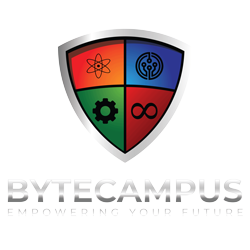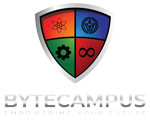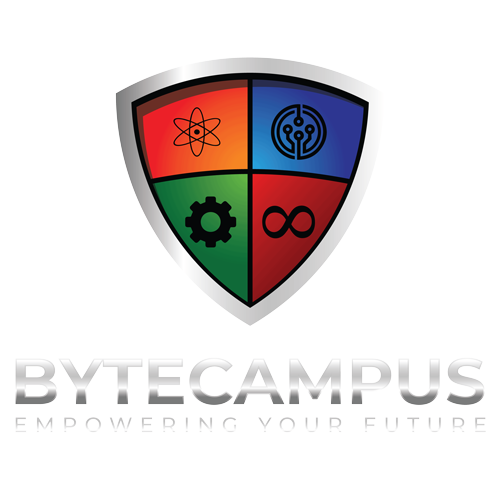Program Duration: 3 hours
The objective of this program is to introduce students to the fascinating world of STEM (Science, Technology, Engineering, and Mathematics) education through hands-on experience with IoT (Internet of Things) and robotics kits. Students will develop essential skills such as problem-solving, critical thinking, and collaboration while exploring the potential of these emerging technologies.
Program Outline:
1. Introduction (15 minutes)
2. Basic Concepts of IoT (30 minutes)
3. Hands-On Activity: Building an IoT Device (60 minutes)
4. Break (15 minutes)
5. Introduction to Robotics (30 minutes)
6. Hands-On Activity: Building and Programming a Robot (60 minutes)
7. Group Challenges and Competition (30 minutes)
8. Wrap-Up and Conclusion (15 minutes)
85%
Product Quality Index
92%
Energy Generation
Note: The program duration can be adjusted based on the participants’ age, prior knowledge, and the complexity of the projects.


